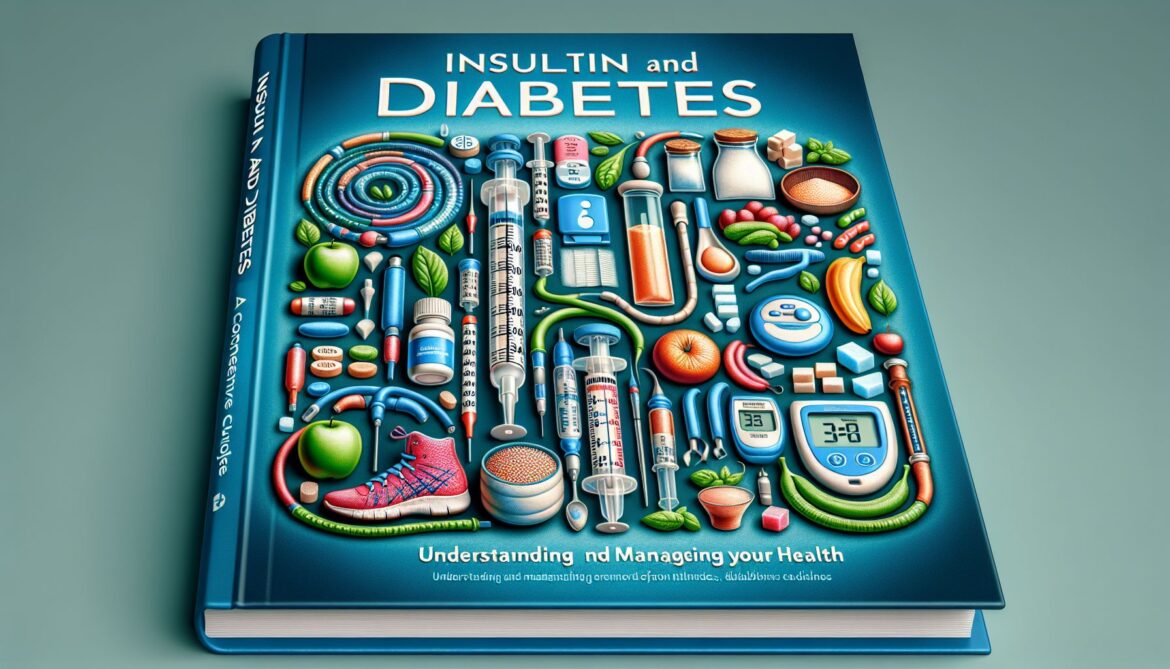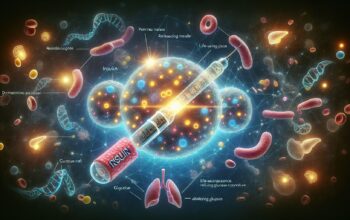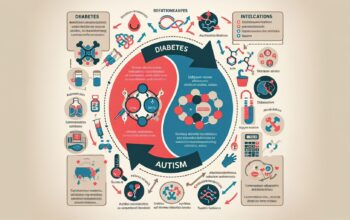Diabetes is an illness that affects approximately 422 million people worldwide, according to the World Health Organization (WHO). This chronic condition is all too common and increasingly prevalent, with its consequences felt in nearly every corner of global health. Of the several possible strategies to manage diabetes, the use of insulin emerges as a cornerstone. With that in mind, you’ll find everything you need to know about insulin and diabetes in this comprehensive guide.
Understanding Diabetes
Before diving into the role of insulin in diabetes, it would be beneficial to first understand what diabetes is. Essentially, diabetes is a group of metabolic diseases that result in high blood sugar levels over an extended period. High blood sugar happens when your body can’t effectively transport sugar from blood into cells. When left untreated, diabetes can lead to several complications, including kidney disease, heart disease, stroke, and even vision loss.
In understanding diabetes, you’ll come across two primary types: Type 1 and Type 2 diabetes. Type 1 diabetes occurs when an individual’s immune system attacks and destroys insulin-producing cells in the pancreas, while type 2 diabetes—the more common type—affects the way your body metabolizes sugar.
Insulin’s Role in Your Body
Perhaps it’s best to simplify the role of insulin by likening it to a key. Essentially, insulin is the hormone that allows glucose (or simply sugar) from the foods you consume to enter the cells in your body. This glucose is then used for energy. Without enough insulin, your body wouldn’t be able to use all the glucose you consume, leading to high blood sugar levels.
So, when everything is functioning correctly, your pancreas—an organ in your abdomen—releases insulin into the bloodstream. The insulin then circulates, allowing sugar to enter your cells, and thus reducing the amount of sugar in your bloodstream.
The Relationship Between Insulin and Diabetes
The tie that binds insulin and diabetes is relatively straightforward. In the case of Type 1 diabetes, patients produce very little or no insulin because their immune system has attacked and destroyed the cells where insulin is made. This leaves them with no internal insulin source and depends entirely on supplemental insulin for survival.
In contrast, Type 2 diabetes patients don’t use insulin properly. At first, your pancreas makes more insulin to try to get cells to respond. However, eventually, it can’t keep up, and the sugar buildup in the blood becomes higher than normal. This condition is popularly known as insulin resistance.
Managing Diabetes with Insulin Treatment
Insulin therapy is often crucial in the treatment of both types of diabetes. For those with Type 1, insulin therapy is needed from the onset of the disease and throughout their lives. The goal of the treatment is essentially to mimic the normal patterns of insulin release by the pancreas.
In Type 2 diabetes, insulin therapy typically comes into the picture later in the treatment process when other medications and lifestyle modifications aren’t sufficient to maintain blood glucose control. It’s worth noting that insulin should be combined with a healthy diet and regular physical activity to effectively manage diabetes.
The Different Types of Insulin
The diversity in the types of insulin available today has provided more choices for diabetes management. These types differ in how quickly they can start working at lowering blood glucose levels, the time when they can work the hardest (peak time), and their duration (how long they can lower blood glucose). They can be broadly classified as rapid-acting, short-acting, intermediate-acting and long-acting, each one employed according to the patient’s unique requirement.
Safety Measures
Despite its benefits, insulin therapy isn’t without risk. There are potential side effects such as hypoglycemia (low blood sugar), insulin resistance, and in some cases, allergic reactions. Careful monitoring of blood glucose levels alongside the help of a healthcare provider is essential to prevent such occurrences.
Concluding Thoughts
In the grand scheme of diabetes, insulin emerges as a life-saving hormone. It is no exaggeration to state that insulin has transformed diabetes from a certain death sentence into a manageable condition. While scientists continue to research better ways to harness the capabilities of this hormone, understanding how it works is the first step toward managing this global epidemic. Remember, knowledge is power, and when it comes to diabetes, your understanding of insulin can make all the difference.
The journey with diabetes is indeed challenging, but thanks to insulin and the continual advancement of medicine, it’s a journey that isn’t impossible to navigate. As long as you stay informed and proactive, living a vibrant life with diabetes is within reach.




